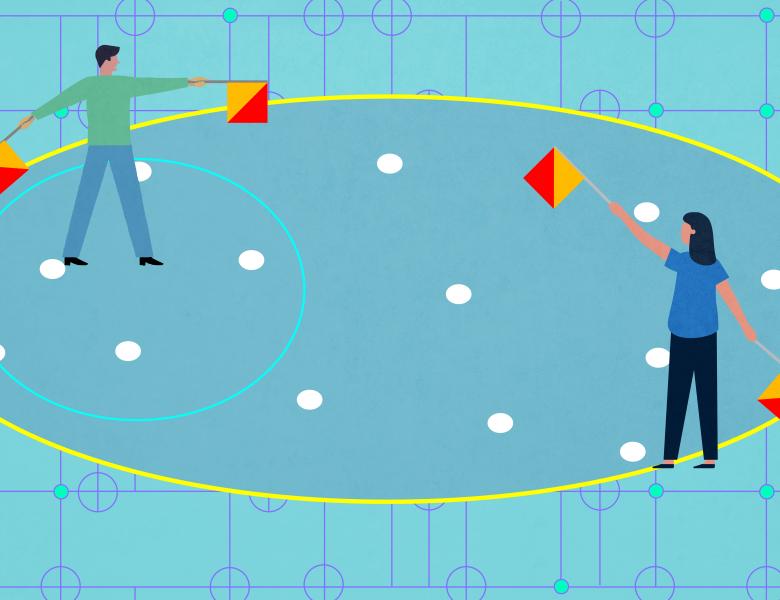
Abstract
The recent activity in DNA storage has, once again, raised the need for combined error correction and constrained coding. We introduce a novel framework for implementing error-correction in constrained systems. The main idea of our scheme, called Quantized-Constraint Concatenation (QCC), is to employ a process of embedding the codewords of an error-correcting code in a constrained system as a (noisy, irreversible) quantization process. This is in contrast to traditional methods, such as concatenation and reverse concatenation, where the encoding into the constrained system is reversible. The possible number of channel errors QCC is capable of correcting is linear in the block length (n), improving upon the (O(\sqrt{n})) possible with the state-of-the-art known schemes. For a given constrained system, the performance of QCC depends on a new fundamental parameter of the constrained system - its covering radius. Motivated by QCC, we study the covering radius of constrained systems in both combinatorial and probabilistic settings. We reveal an intriguing characterization of the covering radius of a constrained system using ergodic theory.


